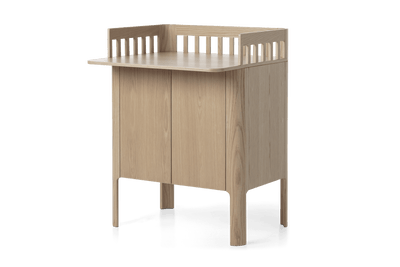5 Benefits of Musical Toys
You have probably heard it’s a good thing to expose your child to music. But have you heard what happens when your child is the one who gets to play the music? Letting your little one play with musical toys, like drums, maracas, flutes, or xylophones, is valuable to your child’s development on so many levels. Read on to learn why.
Highlights:
- Musical toys help to develop your child’s body and mind.
- Playing with musical toys helps to:
- Teach patience and persistence.
- Build social skills.
- Boost imagination and creativity.
- Support language skills.
- Enhance gross and fine motor skills.
- Give your child the gift of enjoying music, simply by acting as a role model and enjoying all kinds of music yourself.
Musical Toys Develop both Body & Mind
We can’t all be Mozart from day one. So, try not to focus on the false notes that are coming out of your child’s Flute and instead enjoy all the great things your little one will pick up from playing a musical instrument. Musical toys help to:
1.Teach your child patience and persistence.
2.Build your child’s social skills.
3. Boost your child’s imagination and creativity.
4. Support your child’s language skills.
5. Enhance your child’s gross and fine motor skills.
Let’s play some music!
You give your child the invaluable gift of enjoying music simply by playing and enjoying music yourself. So, go ahead and bob your head to the beat of your favourite song, and let music be a joyful and natural part of your family’s everyday life.
Related Products
View allMeet our Team of Experts
One expert is an experienced family advisor who has met hundreds of Danish families. Another expert has dedicated his entire life to researching children's well-being and development through play. And some of the other experts specialise in children's motor skills, sensory integration, and learning. Together, they inspire us to provide your children with better sleep, develop them through play, and support them when they study.
At FLEXA Insight, you will find all the experts’ valuable insights, tips, and ideas.




























